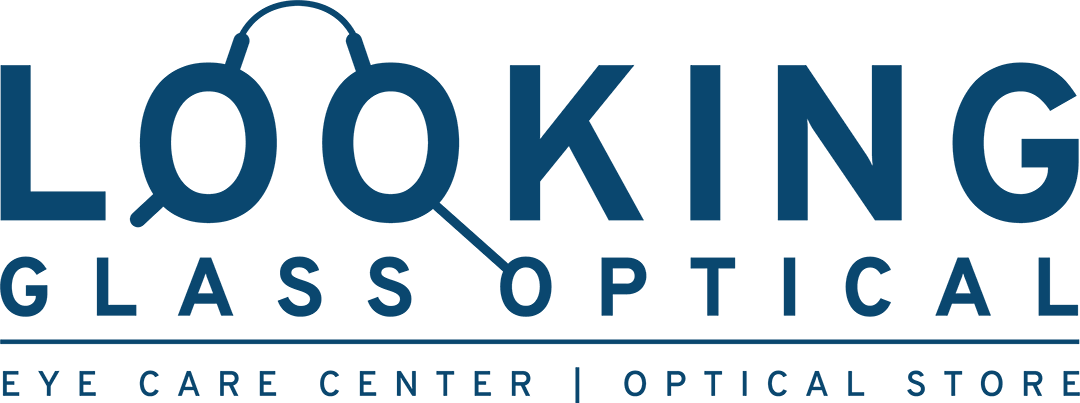Facts About Nearsightedness and Farsightedness You Want to Know
The majority of vision problems fall into nearsightedness, farsightedness, or astigmatism. Some patients even experience a combination of the three. Patients often confuse nearsightedness and farsightedness. Simply put, nearsightedness means that nearby objects are easier to see, while farsightedness means things far away are easier to see. The name focuses on what patients can see well, not what they can’t see well.
How Do I Know If I’m Nearsighted or Farsighted?
Vision changes may sneak up on you. It’s rare for patients to wake up one morning and realize they can’t see far away objects. It’s more likely that your vision will gradually worsen, and you won’t even notice at first. Classic symptoms of vision problems include:
- Headaches
- Squinting
- Frowning
- Eye aches
- Need brighter light to see
- Losing your place when reading
- Distorted or double vision
Take a few minutes to rest your eyes, then try to read a few pages in a book. Do the words look blurry? Do you feel your eyes straining? These are signs of farsightedness. Now, try looking at something about ten feet away. Can you read the words on a poster and identify details? If the answer is no, you may have nearsightedness.
What You Need to Know About Nearsightedness
Nearsightedness, also called myopia, is the most common vision condition. Myopia occurs when the shape of your eye bends light rays incorrectly, focusing images in front of your retina instead of on your retina. Longer than normal eyeballs or steeply curved corneas cause nearsightedness.
Nearsightedness First Symptoms
Nearsightedness or myopia starts to develop in childhood, between the ages of 6 and 12. As teens’ eyes are still growing, myopia tends to worsen quickly in the teen years. That’s why children and teens should have their eyes screened regularly by an optometrist.
Nearsightedness Causes
Nearsightedness is hereditary. Children with one or both parents who are nearsighted have increased chances of being nearsighted. Additionally, children who spend more time outside are less likely to be nearsighted.
What You Need to Know About Farsightedness
Farsightedness (also called hyperopia) occurs when the distance between your retina and cornea is too short. Light rays focus behind the retina instead of on it when this happens.
Farsightedness First Symptoms
Most people with hyperopia are born with it, but their eyes adjust, and they don’t need treatment until they are older. However, age-related farsightedness (called presbyopia) does typically require treatment. Presbyopia is the loss of the eye’s ability to change its focus to see near items. This form of farsightedness starts to appear around the age of 40. Presbyopia tends to worsen until patients are in their late 60s, then it starts to level off.
Farsightedness Causes
Age-related farsightedness, or presbyopia, occurs when the lens of the eye ages. The lens loses its flexibility to shift to see close-up objects. In fact, the term presbyopia is Greek for “old eyes.” Causes of premature presbyopia, which occurs in patients under the age of 40, include:
- Hyperopia
- Certain medications
- Diseases like diabetes and multiple sclerosis
- Head trauma
Like myopia, hyperopia often runs in families, so your genetic makeup may be the reason you struggle to read close up in your younger years.
Can I Be Both Nearsighted and Farsighted?
Although it’s rare, patients can be nearsighted in one eye and farsighted in the other. Optometrists call this condition anisometropia. Regular eye screening can detect eye problems at their earliest stage when they’re most treatable. If you’re suffering from blurry vision, headaches, squinting, or other vision concerns, it’s time for an eye exam. Looking Glass Optical provides caring, comprehensive eye care for your whole family. So call our offices or book an appointment online today.
